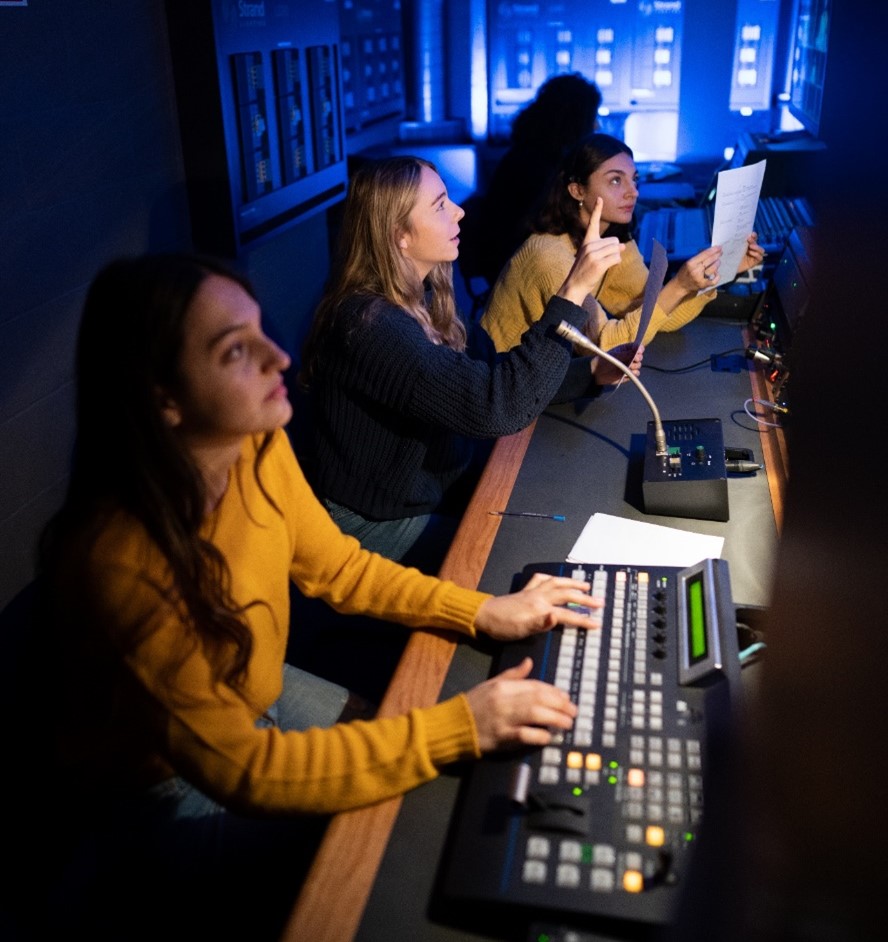
Written by Ania Udalowska
A well-designed Blackboard module may mean different things for different people. We asked our group of Student Learning Ambassadors to brainstorm what does it mean to them that a module is well-design. The findings of this discussion divided into categories can be found below.
Module Information
Teaching schedule – showing what is expected throughout the semester (which is carried out throughout the design of the module in folders). It is not necessary to have to release all content at the start of the module rather a roadmap showing students what they need to plan for. Download the teaching schedule example:
Module handbook – one of the students explained that the handbook is almost like a contract between a student and a module coordinator. It should include all essential information (which may be, and in some cases, should be also included in different sections, e.g., all assessment-related information in Assessment & Feedback). Take a look at this blog post on comprehensive handbooks.
FAQs on the module – FAQs could be generated throughout the module based on queries received by the module coordinator and could be then used to help future students, e.g., what textbook is best / how do you set the assignment out/ suggestions of resources to help with a tricky concept etc. You could use the discussion board functionality to ask students for questions they want to know answers to.
Short introduction video – it would be nice to include a video that welcomes students into the module, explains how to navigate it and briefly outlines what will the teaching schedule look like. It does not have to be long nor formal!
Learning Materials
Folders – content should be divided into weeks (or topics). It should correspond with the teaching schedule. Consistency within folders is just as important, try to include the same type of learning materials in each folder (you can use small icons to indicate the type of activity) and keep them in a consistent order:
- Live session preparation tasks – make it clear what needs to be done.
- Teams links to live sessions.
- Pre-recorded lectures (clear/ small chunks/ and no background noise)
- Lecture slides and lecture handouts with space for notes (how to convert PowerPoint slides into handouts)
- Activities to complete that give instant results/feedback to test knowledge. You could use Blackboard tests or Panopto quizzes.
- Examples, relating theory to real-world as much as possible.
- Reading – which items from the reading list refer to that week’s content.
Note: Where possible use review status and adaptive release – students progress at a different pace, some prefer for the content to be released all at once, others in stages. Having the review status and adaptive release can give students control over how much content they see at once and it also helps them to stay organised.



